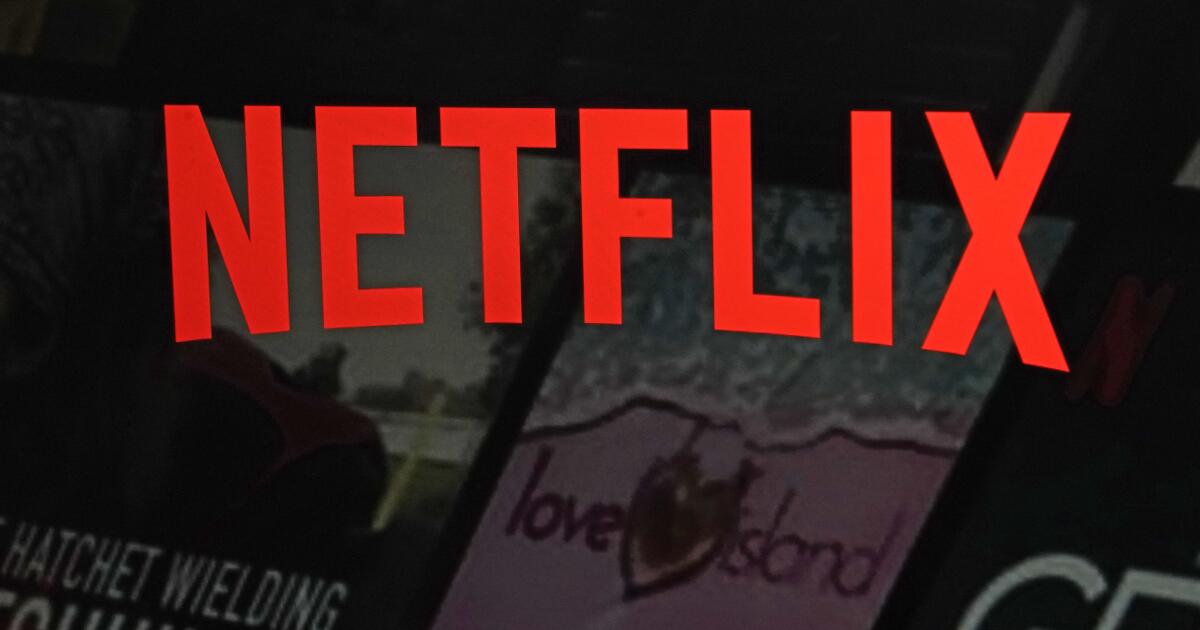Netflix unveiled its first games for television Wednesday night as the Los Gatos streamer seeks to capture a larger share of the video game market.
The five games, including versions of Boggle and Pictionary, are designed to be played on a TV in the same room with family and friends using their phones as controllers, and are included with a regular Netflix subscription.
Other games include LEGO Party!, Tetris Time Warp and the social deduction game Party Crashers: Fool Your Friends. The company plans to release the games in the US before the holidays.
Netflix co-CEO Greg Peters announced the TV games slate at the Bloomberg Screentime media conference in Hollywood on Wednesday, citing the growing gaming market.
Consumers spend $140 billion a year on games, a figure that does not include the Russian and Chinese markets or advertising revenue.
“We think this is a real opportunity for us to try to earn a percentage of that over a period of time,” Peters said at the event.
Netflix has announced its plans expand into mobile games in 2021 by purchasing several game developersincluding Night School Studios in Glendale over time. The company started with mobile games and has been testing games for TV since 2023.
This will be the first significant TV game series for Netflix and will be played by one to eight players in the same room on their TV.
In an effort to give subscribers more reasons to stay subscribed, Netflix is licensing and creating mobile games, some of which are based on popular franchises such asIt's too hot to handle” And “Squid game”
But efforts so far have been mixed.
Last year the gaming division suffered from layoffs. And earlier this year, Mike Verdu, GenAI's vice president of games, who was tasked with creating the division, left the company.
At a Bloomberg event Wednesday night, Peters gave the company a B for its gaming efforts.
“A lot of what we do is really just laying the foundation,” Peters said. “We've done a lot of the heavy lifting, but now we're getting to a really interesting point where we're going to bring to life more of what's in line with our vision of what we should be doing in space.”







